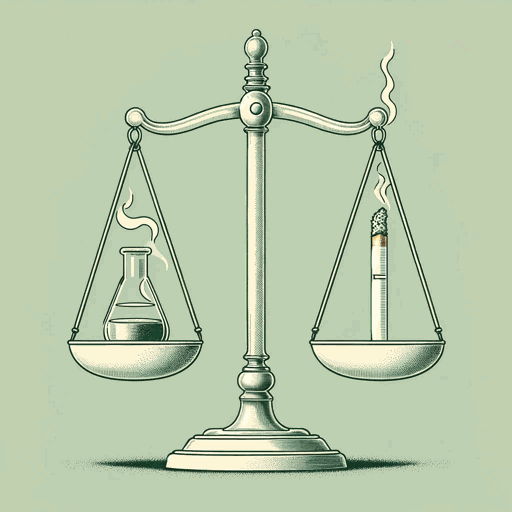54 pages • 1 hour read
Naomi OreskesThe Collapse of Western Civilization
Fiction | Novel | Adult | Published in 2014A modern alternative to SparkNotes and CliffsNotes, SuperSummary offers high-quality Study Guides with detailed chapter summaries and analysis of major themes, characters, and more.
Symbols & Motifs
Anthropocene Period
The Anthropocene Period stems from the term “anthropogenic,” which refers to humans’ influence on the environment. Paul Crutzen, who is mentioned in the text in connection with his proposition to use aerosols to reflect sunlight and reduce warming, is credited as the originator of the term. Crutzen and other scientists have suggested that the science community officially recognizes the Anthropocene as the current geological era, but, at the time this guide was written, the proposition has been denied, and the geological period remains classified as the Holocene, which began over 11,000 years ago. (Pavid, Katie. “What Is the Anthropocene and Why Does It Matter?” Natural History Museum).
In The Collapse of Western Civilization, scientists have officially declared the Anthropocene as the current geological period and have backdated its origination to the year 1750. The beginning of the Anthropocene is correlated with the Industrial Revolution, which is when humans began burning larger quantities of fossil fuels in various industries.
The Anthropocene Period is a symbol of human-caused environmental degradation and climate change. It illustrates The Potential Consequences of Unchecked Climate Change by emphasizing the severity of humans’ impact on the environment. When the text is compared to the real-world decision to retain the official geological age as the Holocene, the use of the Anthropocene also implicitly symbolizes climate change denial, as many modern scientists do not yet feel human activity warrants an official recognition of the Anthropocene.
Related Titles
By Naomi Oreskes


